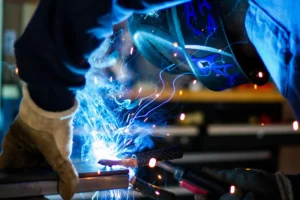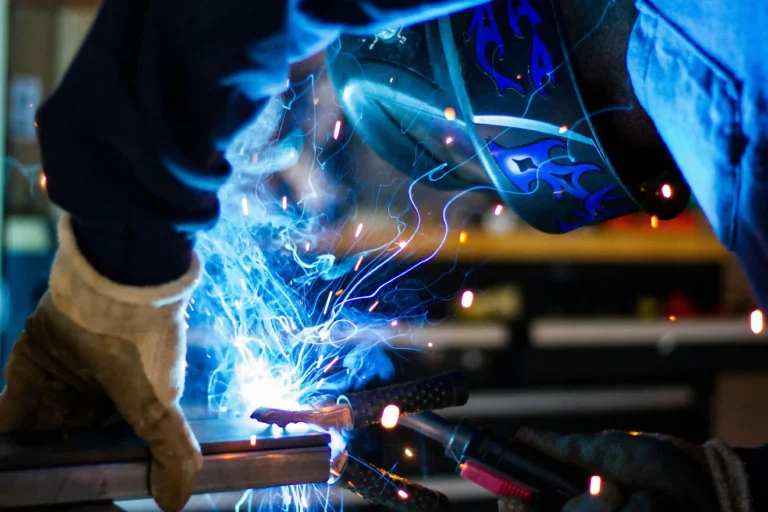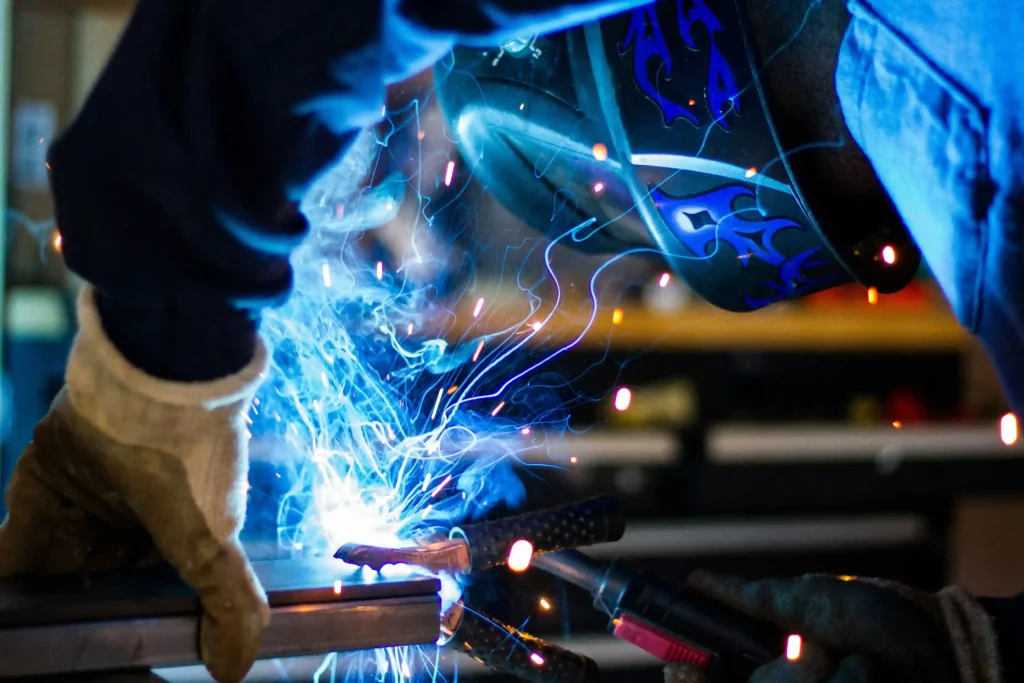The automotive industry is experiencing a transformation driven by innovation and national policies. Governments are investing in electric vehicles, sustainable infrastructure, and emission control regulations. Business leaders are responding with strategic investments in production, research, and automation. National economies are being shaped by shifts in automotive trade, employment, and technological advancements. Supply chain challenges and new energy policies are influencing industry decisions. As the market evolves, automakers must navigate changing regulations and consumer expectations.
Government Policies Reshaping the Industry
National policies are driving investment in sustainable transportation solutions. Subsidies and incentives for electric vehicle (EV) adoption are increasing. Regulations on fuel efficiency and emissions are pushing automakers toward greener alternatives. Infrastructure development, including EV charging networks, is a top priority. Trade policies are impacting automotive exports and imports. Governments are actively shaping the industry’s future through financial and regulatory measures.

Business Strategies in a Changing Market
Automakers are adjusting strategies to align with new economic realities. Investments in research and development are accelerating technological advancements. The rise of electric and autonomous vehicles is reshaping competition. Strategic partnerships between automakers and tech firms are driving innovation. Companies are rethinking supply chain management amid material shortages. Business leaders must balance profitability with compliance and sustainability goals.

Economic Impact of Automotive Advancements
The shift toward EV production is creating new job opportunities. Traditional manufacturing roles are evolving with automation and AI integration. National economies are benefiting from increased investment in automotive technology. Domestic production is expanding to reduce reliance on international suppliers. Market fluctuations are affecting car prices, production rates, and employment trends. The automotive sector remains a crucial driver of national economic growth.

Challenges in Supply Chain and Production
Global supply chain disruptions continue to impact production timelines. Semiconductor shortages are affecting vehicle availability and pricing. Automakers are seeking alternative sourcing strategies for critical materials. Rising material costs are leading to price adjustments across the industry. Logistics and transportation delays are challenging efficient production. Businesses are implementing new strategies to ensure manufacturing stability.

The Future of Mobility and Transportation
The rise of smart cities is influencing automotive innovation. Autonomous driving technology is gaining traction in national transportation policies. Electric mobility is becoming a central focus in long-term business strategies. Sustainable vehicle production is reshaping automaker priorities. Government support is crucial in accelerating the transition to green transportation. The automotive industry is at the forefront of redefining modern mobility solutions.
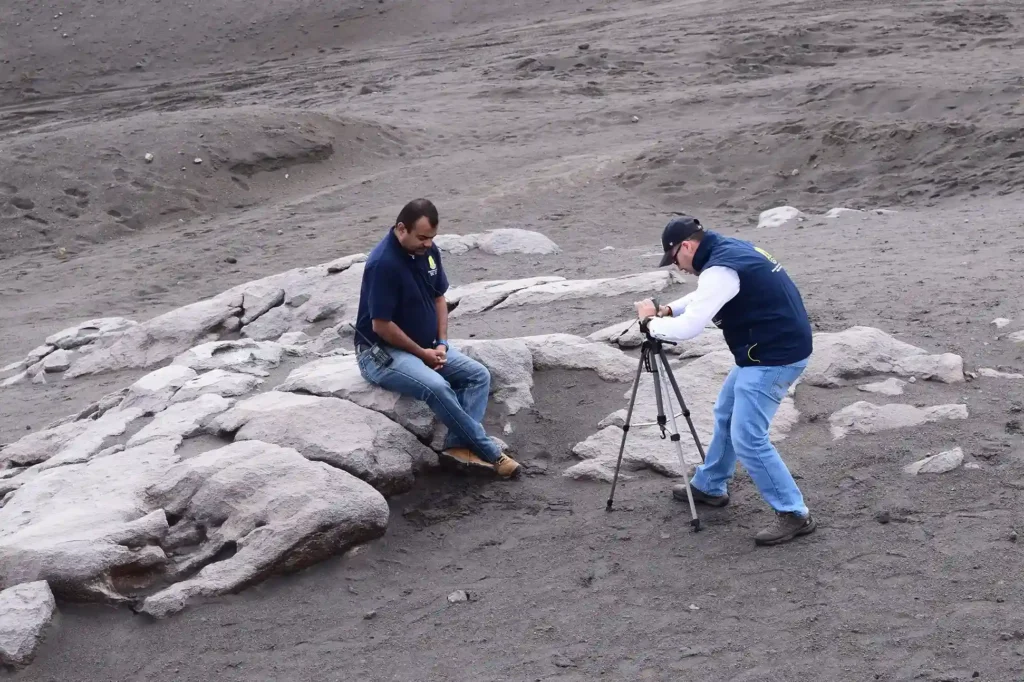
Consumer Trends Shaping the Market
Demand for electric and hybrid vehicles is at an all-time high. Consumers are prioritizing fuel efficiency, sustainability, and smart features. Automakers are launching new models to cater to changing consumer expectations. Subscription-based vehicle services are gaining popularity in urban areas. National policies are influencing consumer incentives and tax benefits. The shift in preferences is guiding future automotive innovations and sales strategies.
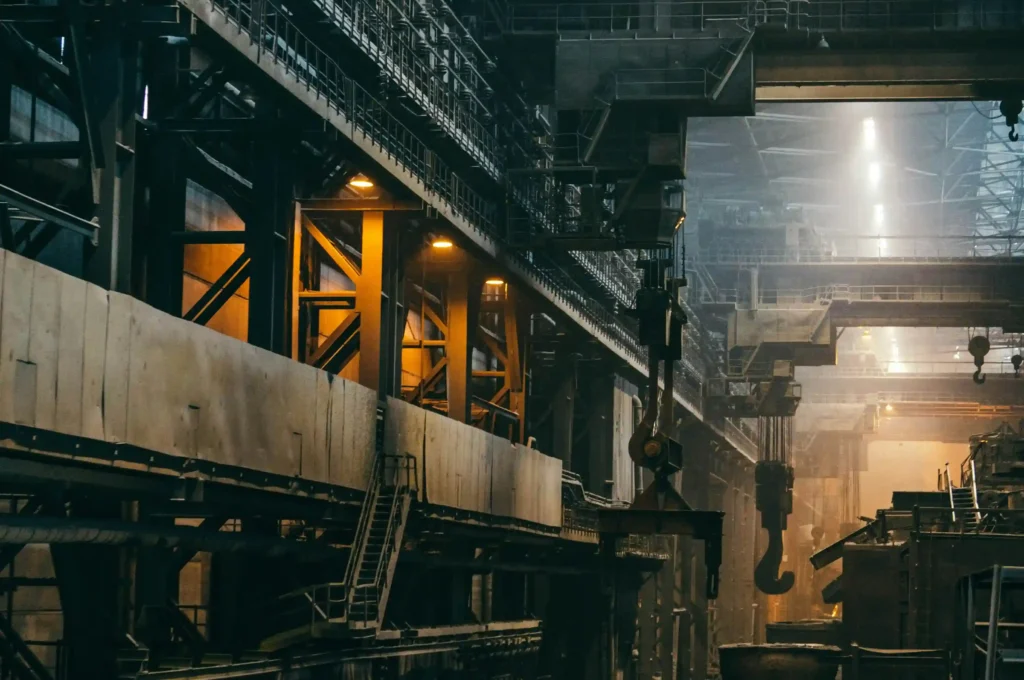
The automotive industry is undergoing a dynamic transformation fueled by national policies and business innovation. Governments are shaping the market through regulations, incentives, and infrastructure investments. Automakers are adapting strategies to align with economic shifts and supply chain challenges. Consumer preferences for sustainable and technologically advanced vehicles are influencing production. As businesses navigate market changes, collaboration between industries and policymakers remains key. The future of the automotive sector depends on balancing innovation, economy, and sustainability.









